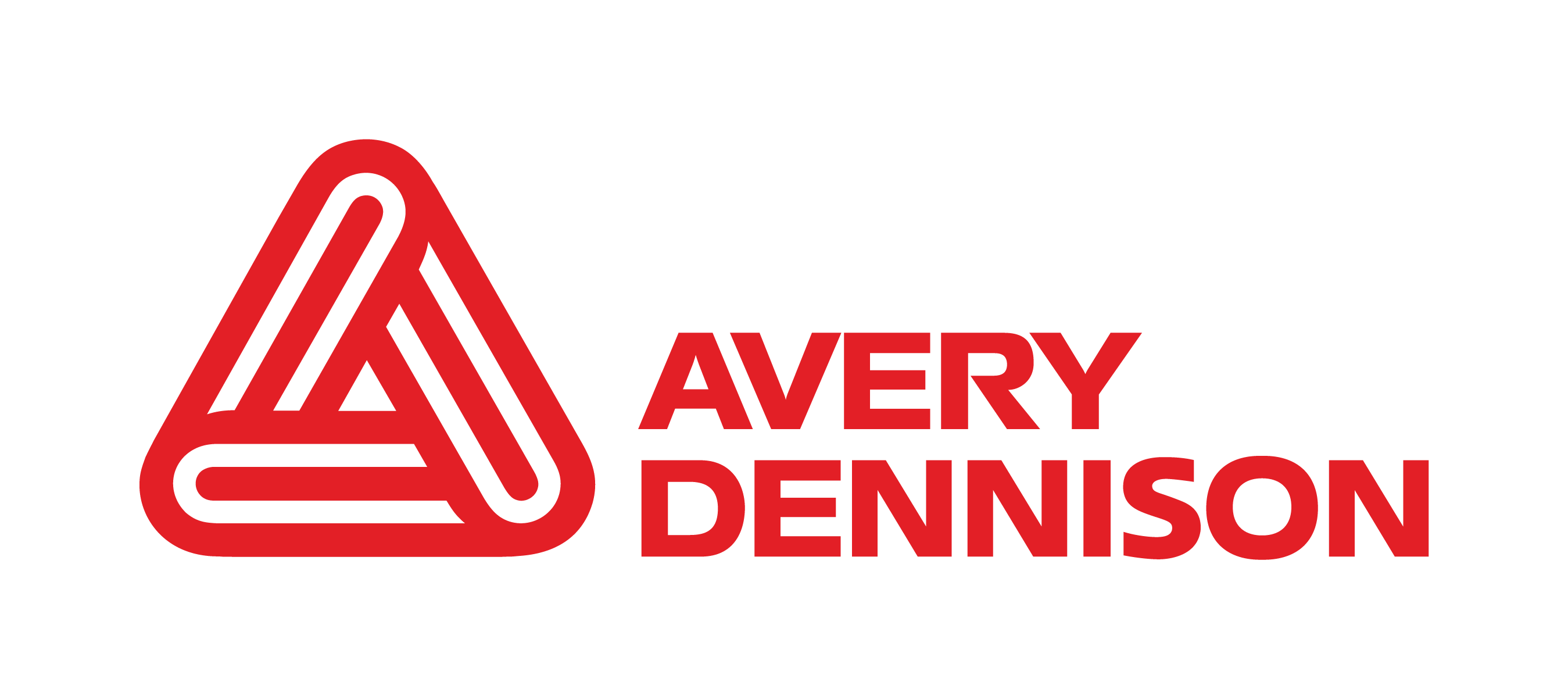Unpacking the challenges of compliance
One of the biggest misconceptions about compliance in pharmaceutical packaging is that it’s just about ticking off regulatory boxes. But it’s much more than that. In heavily regulated industries like this, compliance isn’t only about chemical safety; it’s about balancing that with biological safety, product performance, traceability and even legal and ethical obligations. And that’s just the beginning—these regulations are always changing.
Take chemical safety, for example. The EU’s Medical Device Regulation (MDR) and In-Vitro Diagnostic Regulation (IVDR) are great examples of just how strict these rules can get. They make it clear that no carcinogenic, mutagenic or reprotoxic (CMR) compounds can be used above a certain threshold without detailed justification. But it doesn’t stop there—every raw material we use needs to be thoroughly identified, quantified and assessed for toxicity, and we also need to look at how these materials behave over the product’s lifecycle and how they are used.
Balancing safety with innovation requires a deep understanding of both the science, business and the regulations. My job is to break these complexities down and ensure our customers can navigate these hurdles without compromising safety or quality.
Working with limited information
One of the biggest challenges we face as label material suppliers is the limited information we often receive about the final pharmaceutical product. This includes details like the specific drug, the packaging type and storage conditions—all of which can impact how the label material behaves.Despite this, we successfully innovate with different scenarios and aim to provide compliance value-added label solutions. You can see how this can be challenging!
At Avery Dennison, we offer partnerships that help bridge these gaps. We provide everything from standard regulatory information to biocompatibility evaluations and toxicological risk assessments. Our responsibility is to ensure that we can offer solutions that support global regulatory requirements—whether that's in Europe and other relevant markets.
By proactively leveraging international standards like ISO 10993 and the US Pharmacopeia, we make sure that our clients are not only compliant today but also prepared for future scrutiny. It’s all about supporting product development, enhancing traceability and managing risks both before and after the product hits the market. At the end of the day, we’re helping our clients make the best-informed decisions—decisions that lead to better outcomes for patients.





